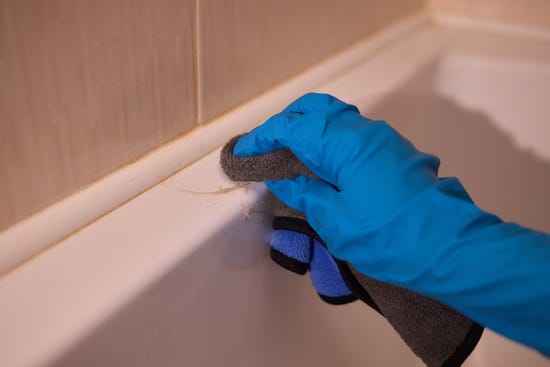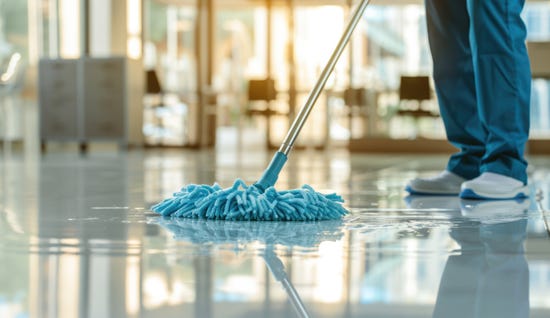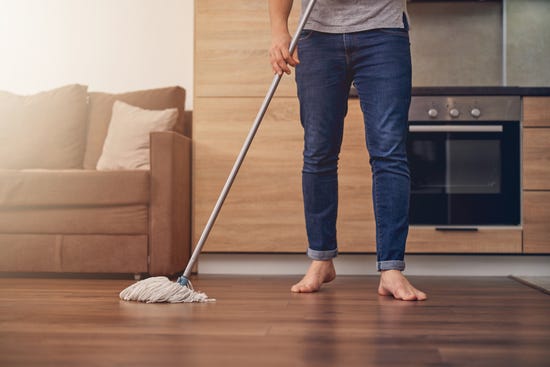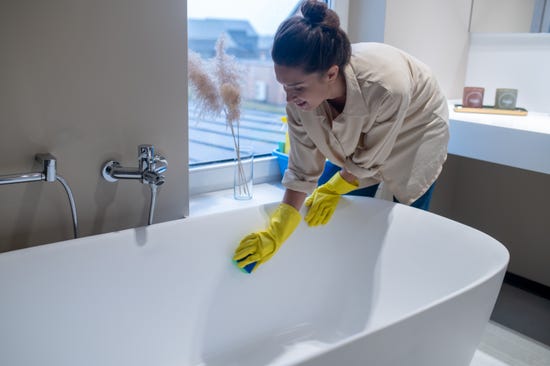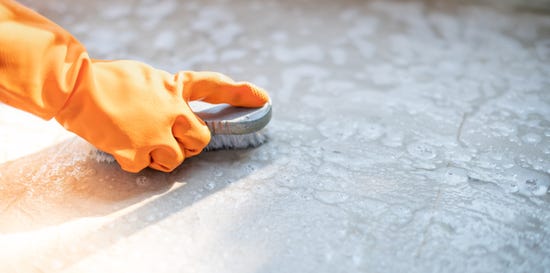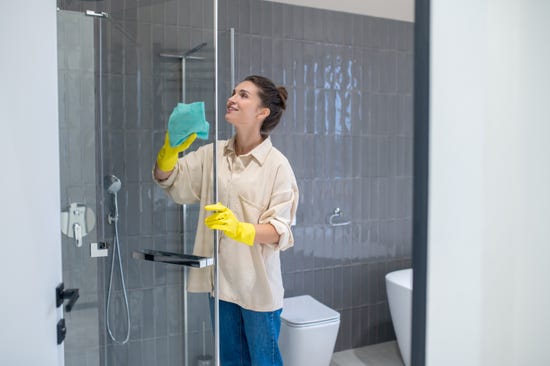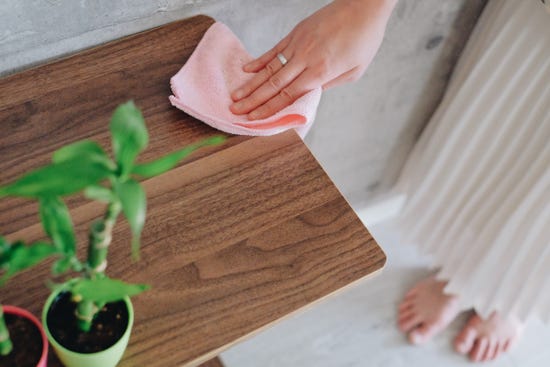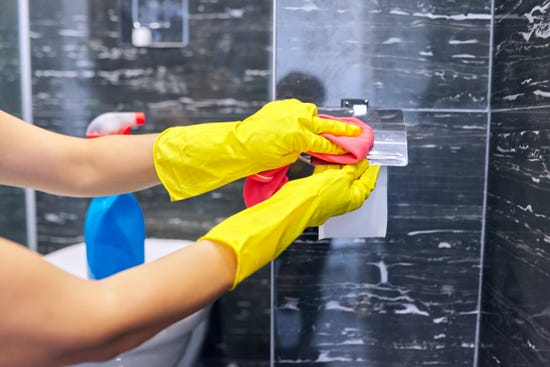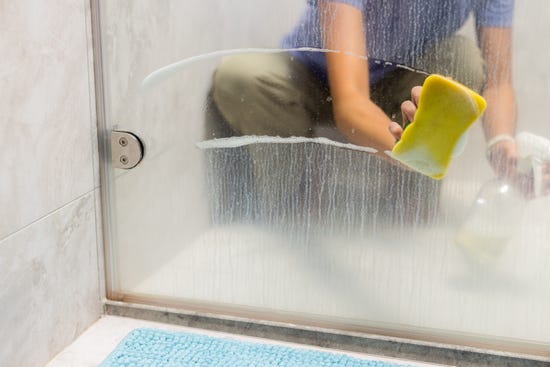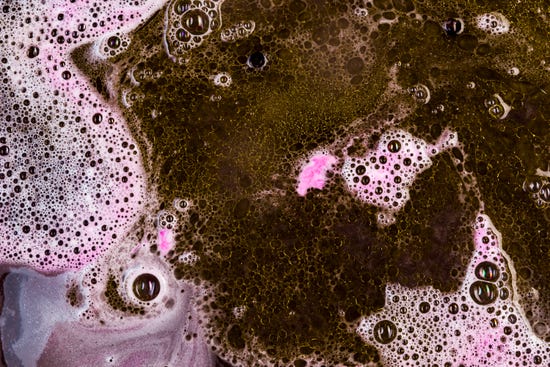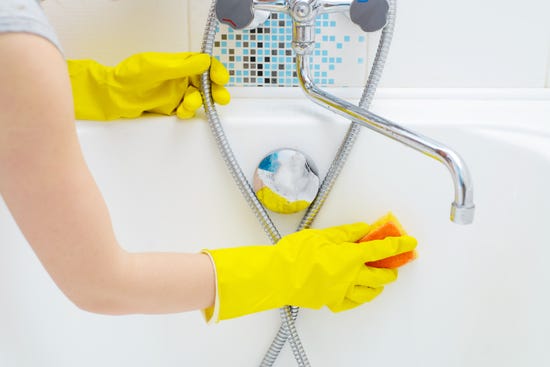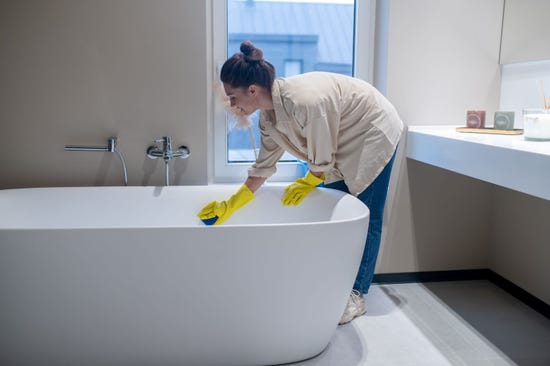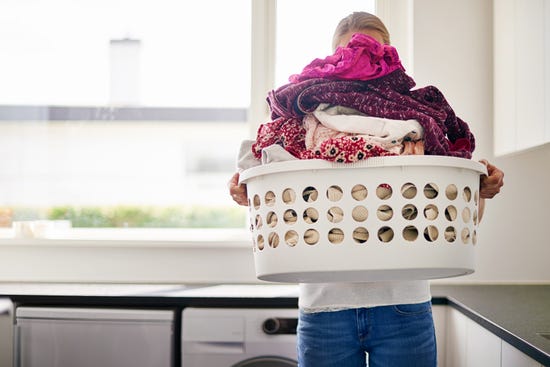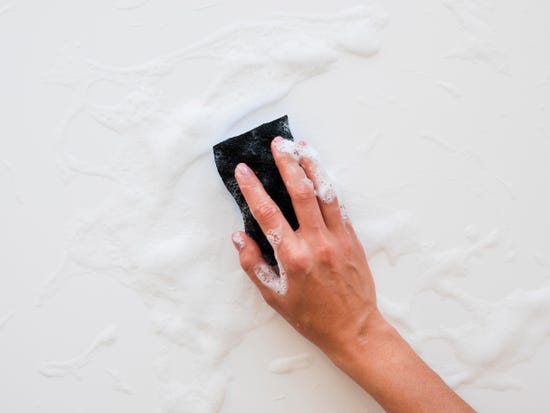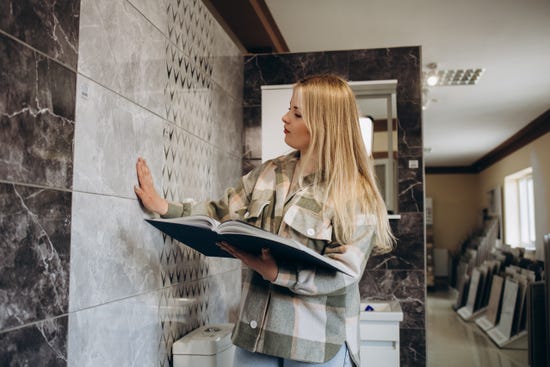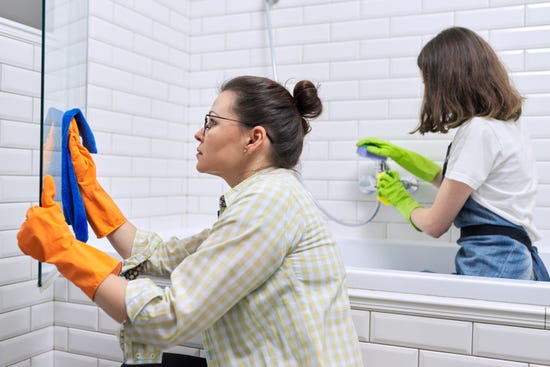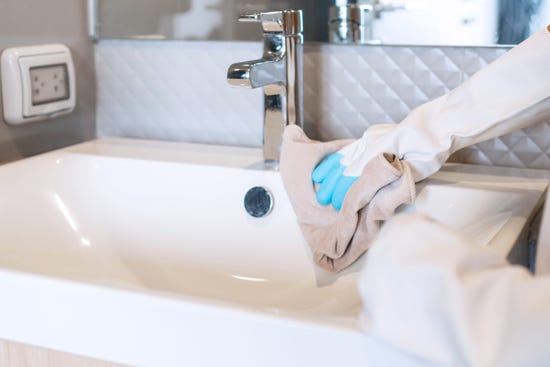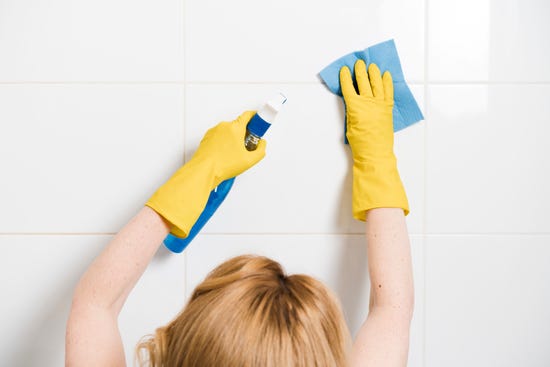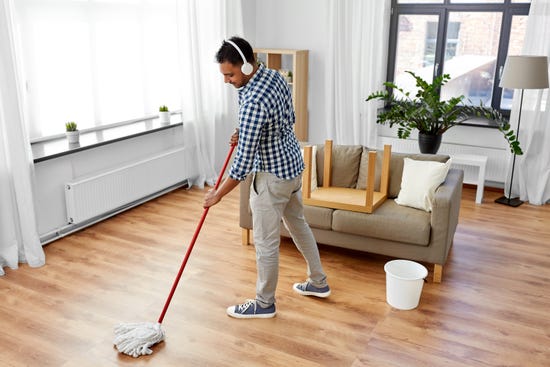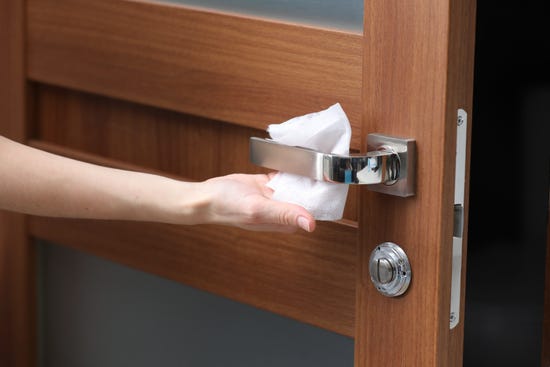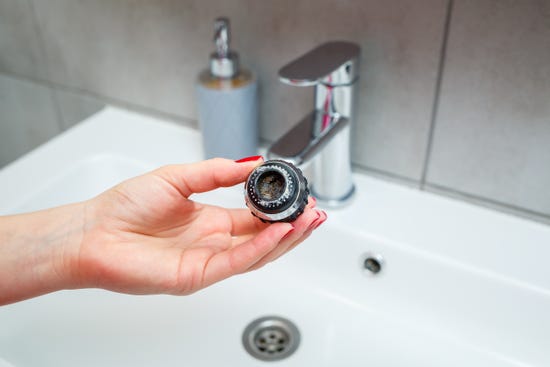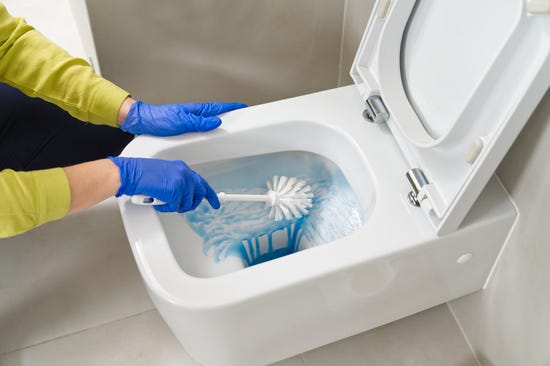
How to Unclog Shower Drain: Instant Results!
How to Unclog Shower Drain: Instant Results!
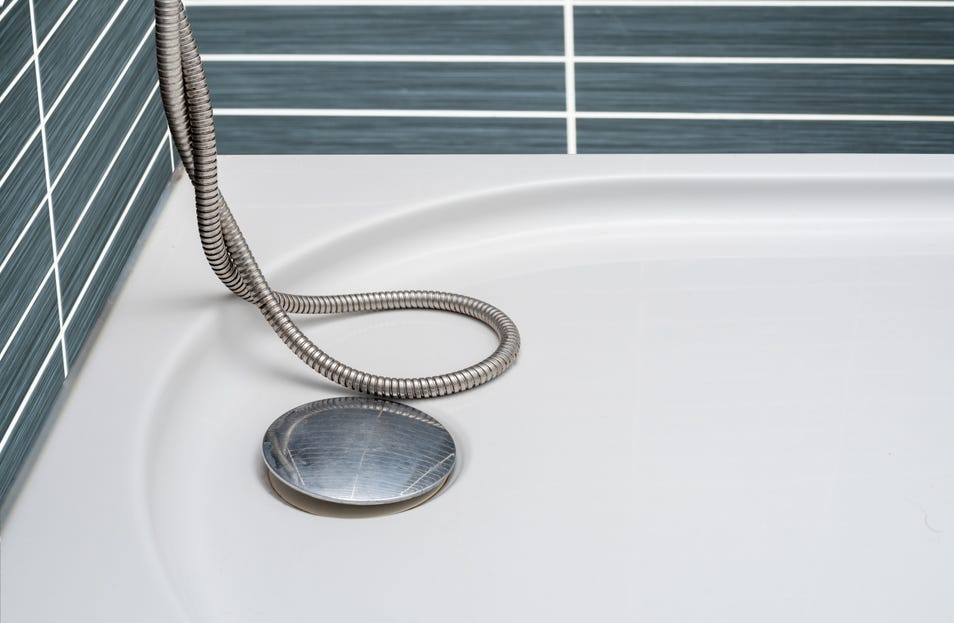
A refreshing, relaxing shower or bath is an essential part of the day for many people. However, that experience can quickly become uncomfortable when water starts to pool at your feet.
In most cases, a clogged shower drain is the primary cause of this issue. Hair, soap scum, hard water deposits, and residue from products like body washes, exfoliants, shampoo, and shower steamers often build up over time. Small objects such as razor caps, jewellery, or children’s toys can also fall into the drain and cause blockages.
Fortunately, there’s no need to call the plumber yet! That’s right. Clogged drains can often be cleared quickly and easily with simple do-it-yourself methods.
Follow our step-by-step “How to Clean Shower Drains” guide to help remove the blockage and keep your shower draining freely.
Show drain anatomy
Before exploring how to unclog a shower drain, it helps to understand the basic components that make up the system. Here are the key components of a shower drain:
1. Drain cover
The visible part of the shower or bathtub drain, available in various designs and materials, sits on top of the shower floor. It helps prevent clogs and acts as a barrier to keep pests, such as insects or rodents, from entering through the drain.
2. Shower trap
Typically located beneath the drain cover, the shower trap is a curved section of the drain pipe that retains a small amount of water at all times. This allows the shower trap to prevent sewer gases from entering your bathroom.
3. Drain pipe
The main pipe is used to facilitate the transfer of wastewater and debris from your shower to your home’s main sewer line.
4. Vent stack
The vent stack is a vertical pipe that extends above your highest drain level and runs through the roof. Its primary function is to regulate air pressure in your plumbing system and safely vent sewer gases outside.
DIY methods for unclogging the shower drain
A clogged shower drain, often caused by a buildup of hair, lint, soap scum, mineral deposits, and bath product residues, can lead to standing water and unpleasant odours in your bathroom.
Here are some of the most common and effective ways to clean minor to moderate shower clogs, helping you avoid the hassle and cost of a professional service.
1. Unclogging the shower drain (manually)
Before using chemical cleaners or homemade solutions, check the drain for any visible obstructions. Put on rubber gloves and manually remove any trapped hair, debris, or other materials contributing to the blockage.
If nothing is visible on the outside, unscrew the drain covers, look into the drain using a flashlight, and clean out loose hairs, debris, soap scum, and any other objects that may have fallen into the drain.
Reattach the drain cover and run the water again to check if the drain is still clogged. If so, proceed with the steps below.
2. Boiling water
The simplest and easiest method to unclog a shower drain is by flushing it thoroughly with boiling water. However, this approach is suitable only for homes with metal pipes, as boiling water can weaken or loosen PVC pipe joints.
To unclog the shower drain using boiling water, follow these steps:
Fill a large pot or tea kettle with water and bring it to a boil on the stove. Ensure you have sufficient water to flush down the drain in three to four stages.
Remove the shower drain cover and set it aside.
Carefully and slowly pour the boiling water down the shower drain in three to four stages. Remember to wait a few seconds between each pour.
After the final pour, wait at least 10 minutes before replacing the drain cover and turning on the shower faucet to check if the clog has cleared.
3. Plunger
A plunger can also clear shower drain clogs. This tool is designed to dislodge clogs and blockages of all kinds, forcing them downward and out of the drain.
Remove the drain cover.
Place the plunger over the drain opening so that the cup covers it.
Rapidly push the plunger up and down several times for a few minutes to create suction.
The pressure generated by the movement will dislodge the clog from the drain.
Flush the drain with hot water.
4. Multi-surface liquid cleaner
The next solution involves using a powerful cleaning solution, such as Lysol® Multi-Surface Liquid Cleaner, which effectively breaks down soap scum, grease, and grime, eliminates 99.99% of viruses and bacteria, and leaves a long-lasting freshness and germ-free surface after each use.
To unclog the shower drain using a liquid cleaner, follow these steps:
Remove the shower drain cover and set it aside.
Pour Lysol® Multi-Surface Liquid Cleaner directly into the drain, ensuring it covers the interior.
Let the liquid cleaner sit in the drain for at least one hour.
The liquid solution will effectively break down loosened dirt, dust, debris, and mineral deposits.
Put the drain cover back on the shower drain securely.
Turn on the shower faucets to test the proper drainage.
FAQs
Can germs grow in a clogged shower drain?
Yes. Clogged drains often trap moisture and organic matter, creating ideal conditions for bacteria and mold to grow. These germs can lead to unpleasant odours and may even pose health risks over time. Regular use of Lysol® disinfecting products, which are designed to kill 99.99% of viruses and bacteria when used as directed, can help keep your bathroom cleaner and more hygienic and germ-free.
Can I use baking soda and vinegar to unclog a shower drain?
Yes, you can use baking soda and vinegar to treat minor clogs. However, for severe or persistent clogs, always use Lysol® Multi-Surface Liquid Cleaner, which easily cuts through tough soap scum, grease, and grime, and removes 99.99% of viruses and bacteria.
How can I prevent my shower drain from clogging?
You can prevent the shower drain from clogging by:
Use a drain cover (plastic or rubber) to capture dirt, dust, soap scum, and any stray strands of hair after every shower.
Incorporate drain cleaning using Lysol® Multi-Surface Liquid Cleaner into your regular bathroom cleaning routine.
How often should I clean my shower drain?
You should clean your shower drain at least once a month. However, if there are multiple shower users, it is recommended to clean the drain every other week.
Why does my clogged shower drain smell bad?
When hair, soap scum, and product residue build up in your drain, they can trap moisture and create the perfect environment for odour-causing bacteria and mold. This often leads to musty or unpleasant smells in your shower. Regular cleaning with Lysol® cleaning products can help break down that buildup and eliminate the source of the odour. For a fresh, modern scent that lasts, try our Brand New Day™ collection in Mango & Hibiscus—designed to leave your bathroom smelling as clean as it looks.



